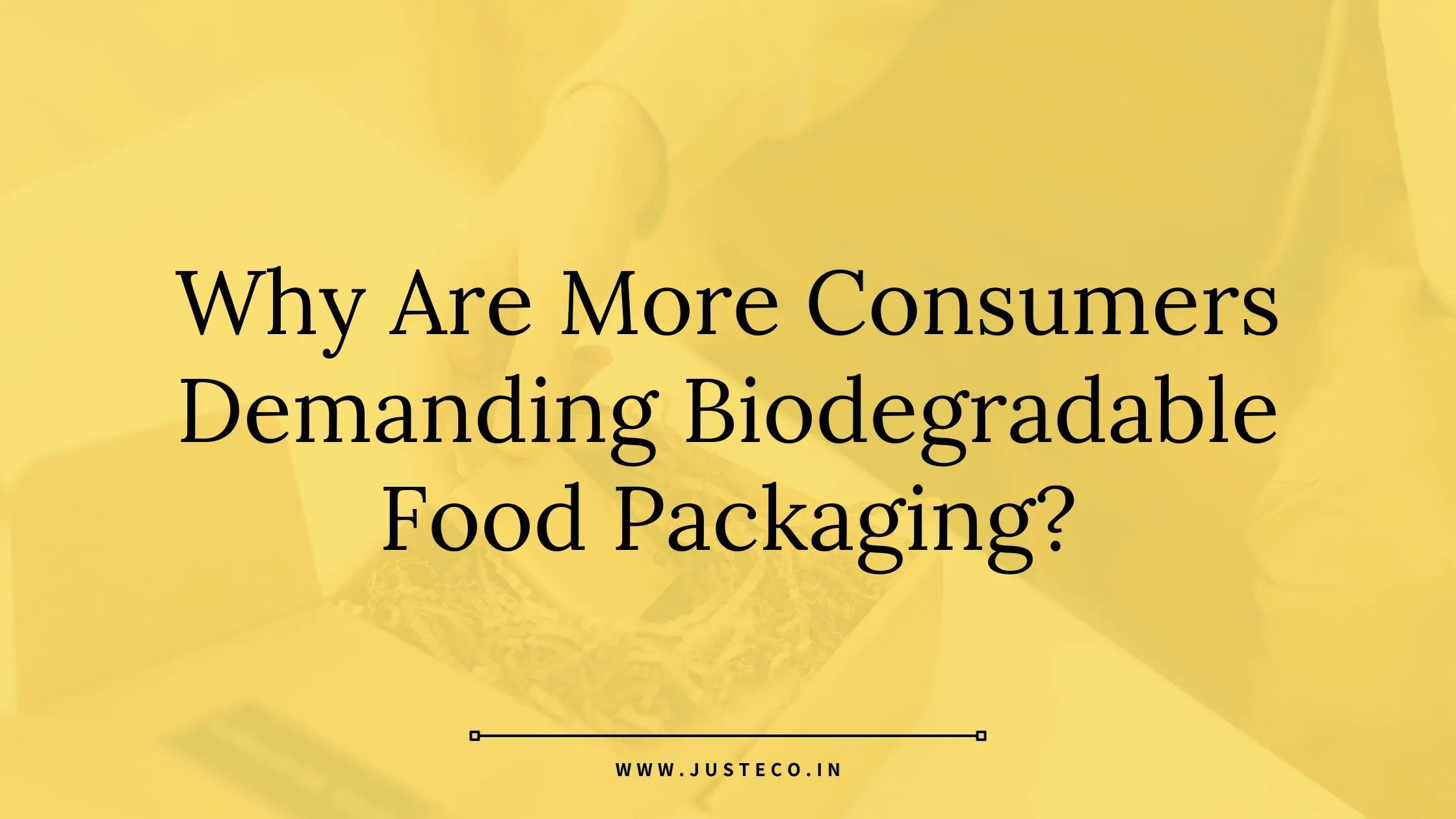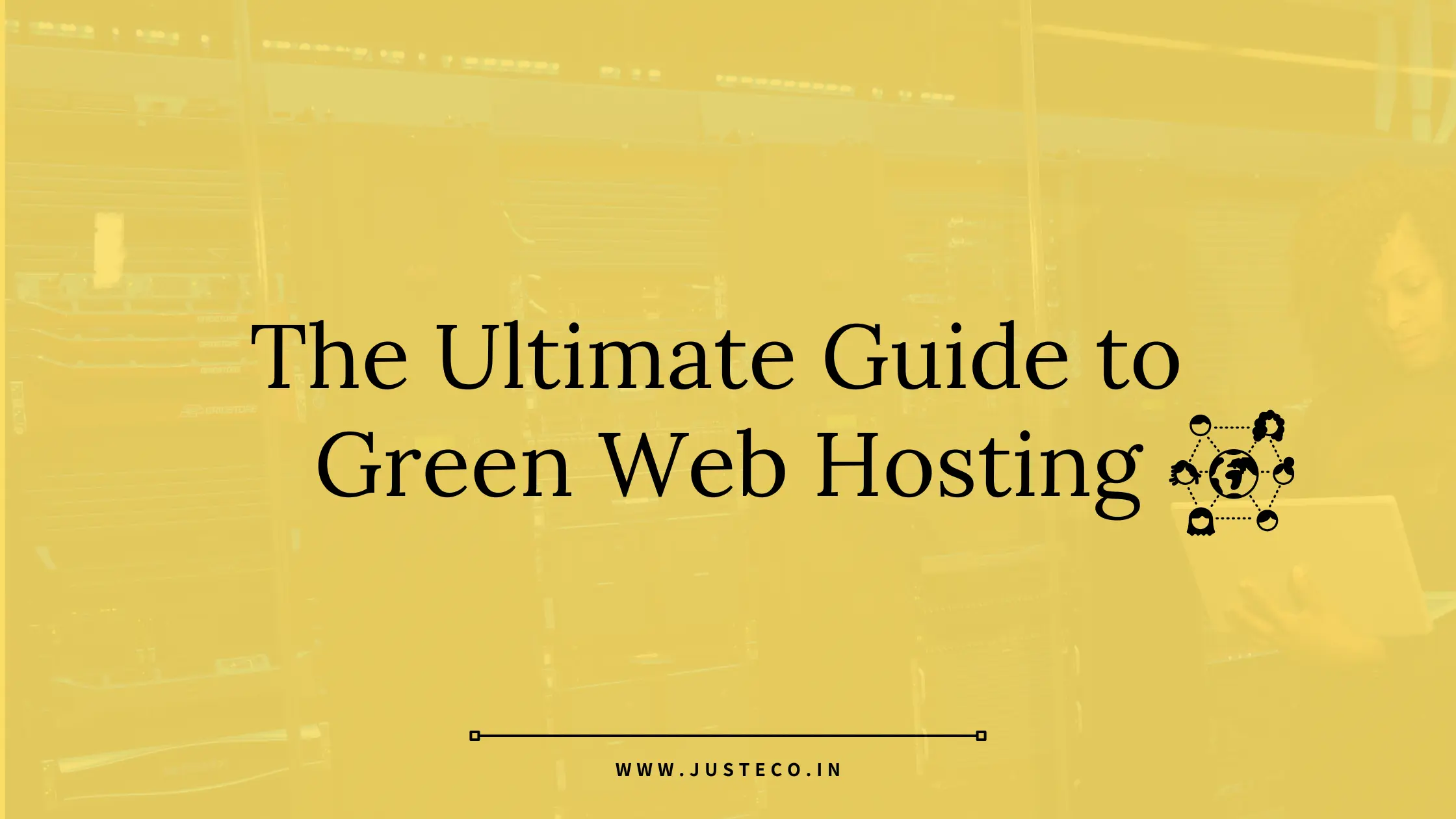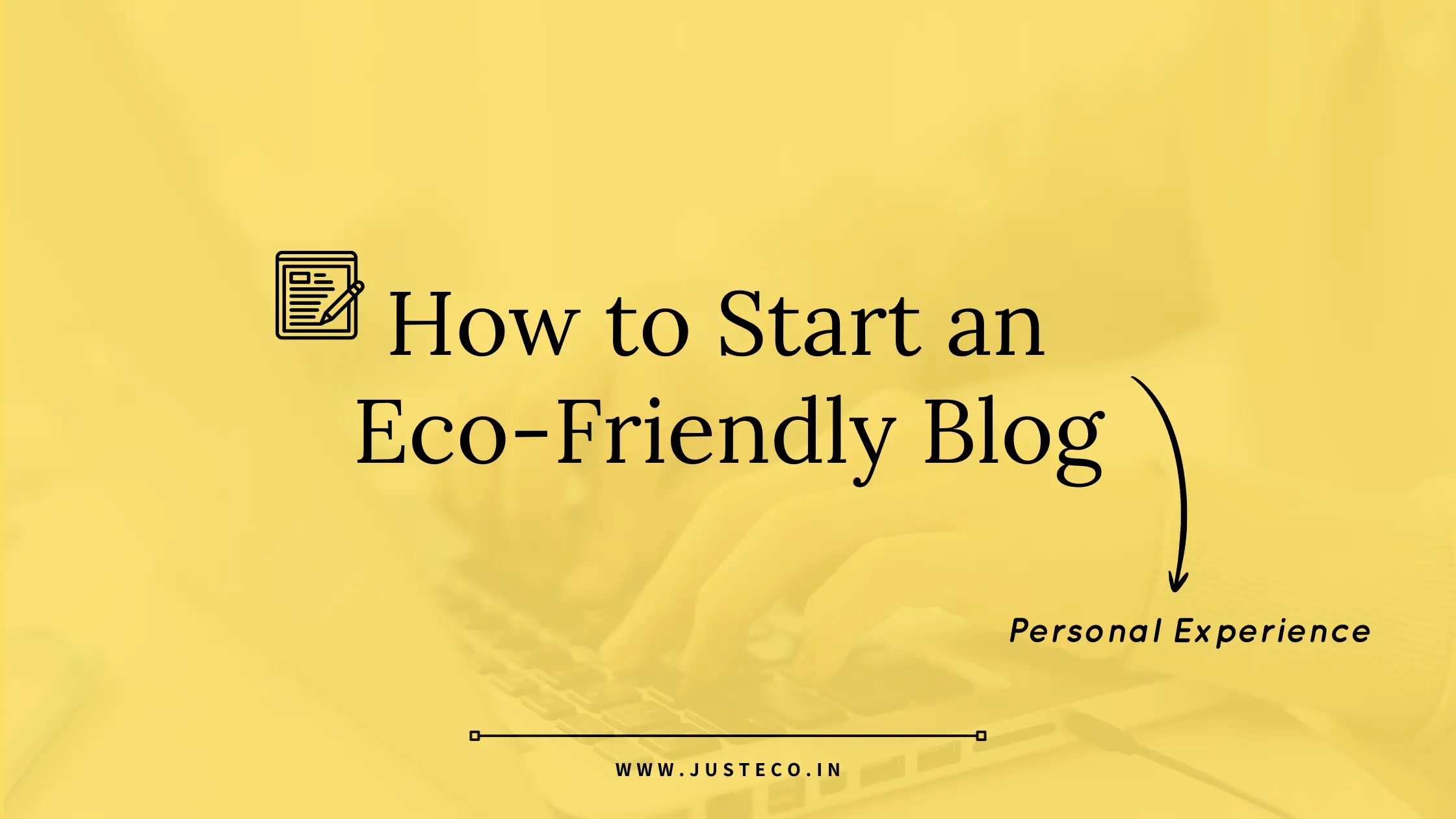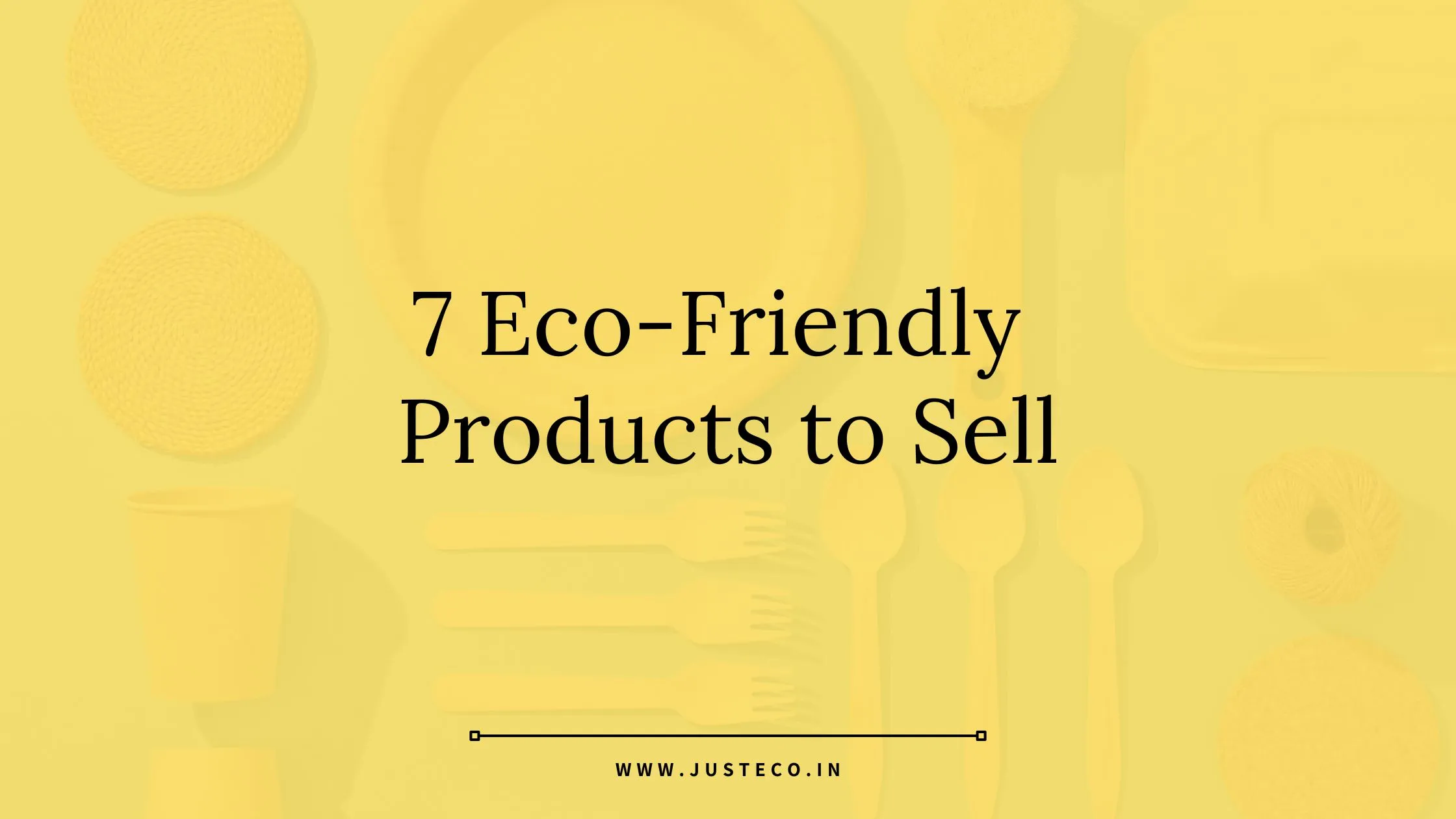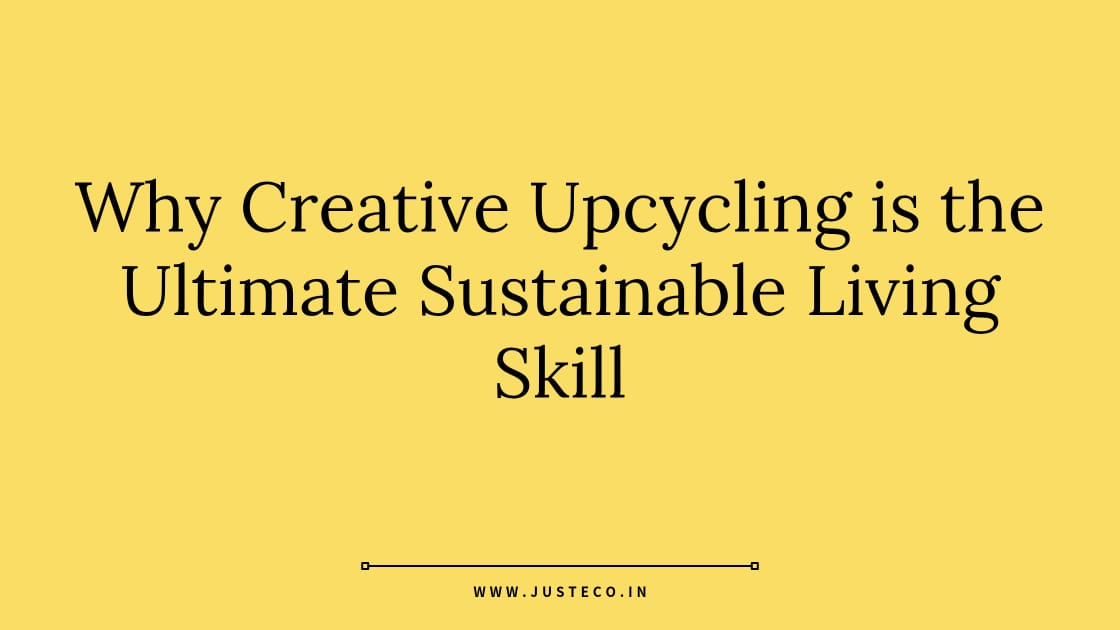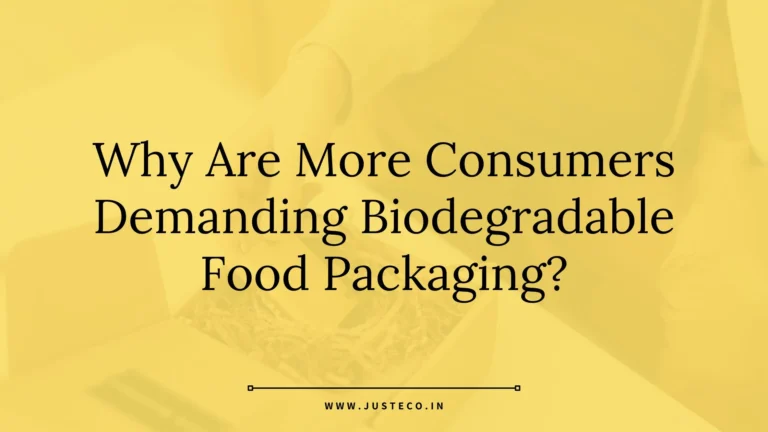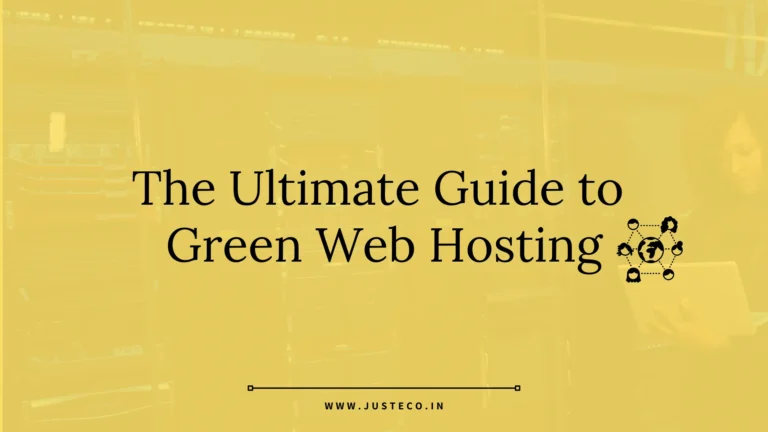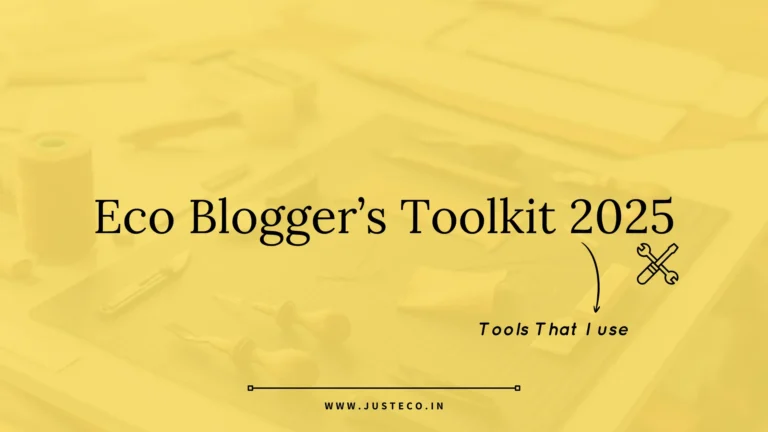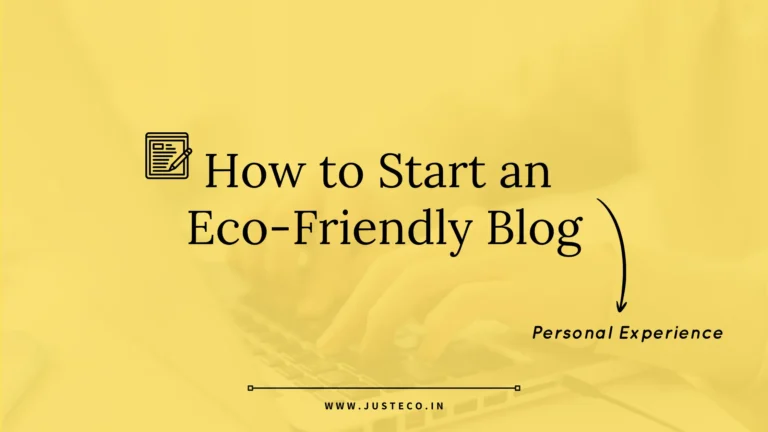When I first started my eco-friendly blog, I had no idea how many tools I’d need — or how much trial and error it would take to find the right ones. From hosting and SEO tools to design platforms and keyword research, I tried dozens before discovering the perfect toolkit that actually made blogging feel simple, efficient, and sustainable.
So, if you’re planning to start your own eco-friendly blog in 2025, this guide is your roadmap. I’m sharing every tool I personally use (or wish I had from day one), why they matter, and how you can use them to grow your blog ethically while staying true to your sustainability values.
This post follows Google’s EEAT guidelines — meaning it’s written from my real-world experience running Justeco.in, a sustainability-focused blog. By the end, you’ll know exactly what tools to choose, how to use them, and how to build a green, profitable blog that makes a real difference.
Table of Contents
ToggleWhy You Need a Smart Toolkit for Your Sustainable Blog
Starting a sustainability blog sounds simple: pick a topic, write some posts, and share them online. But as I learned quickly, successful blogging is about systems — not luck.
A smart toolkit helps you:
- Save time (automate and simplify repetitive tasks)
- Stay organized (track SEO, keywords, and analytics)
- Create beautiful, fast-loading websites
- Build a brand that reflects your eco-conscious values
- Monetize ethically — without greenwashing
And most importantly, it helps you focus on what truly matters: creating valuable content that inspires people to live sustainably.
Step 1: Green and Reliable Web Hosting
If your blog is about sustainability, your hosting should be too. Every website runs on servers that consume energy. Choosing a host that uses renewable energy or efficient data centers is the foundation of your eco-friendly presence.
Use my REFERRAL CODE “PXPABHAYGTLJ” to get 20% Instant Discount
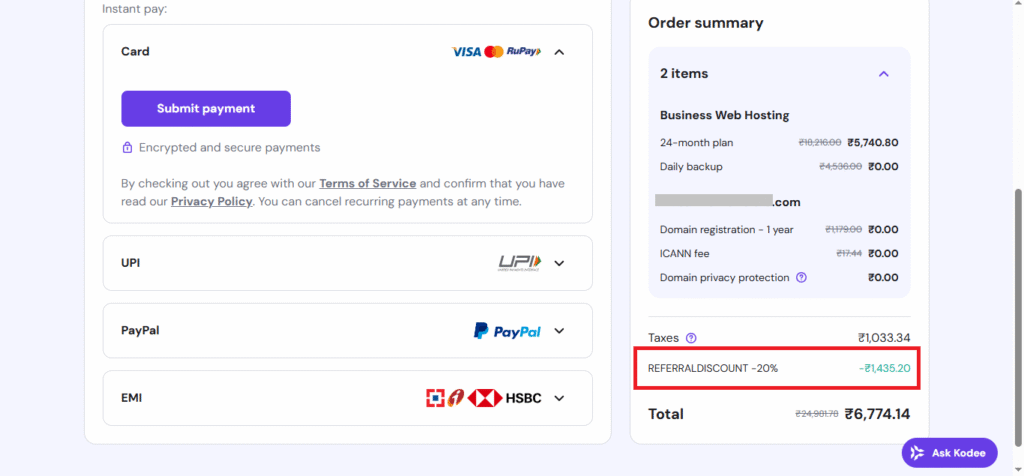
Recommended: Hostinger
When I first started blogging, I wanted a host that was both reliable and affordable. I tested multiple services, but Hostinger stood out for its balance between sustainability, performance, and pricing.
Why I Recommend Hostinger:

- Energy-Efficient Servers: Hostinger uses energy-optimized data centers to reduce carbon emissions.
- Super-Fast Loading Speeds: Their LiteSpeed caching and global CDN ensure eco-efficiency and top performance.
- Affordable Plans: Perfect for beginners who want to start small and scale up.
- Free SSL and Website Builder: Ideal for quick setup.
If you’re starting your eco blog today, Hostinger’s shared and WordPress plans are perfect. It’s a small investment that ensures your site runs clean, fast, and efficiently.
Step 2: Choose a Fast and Lightweight Theme
Your blog’s design sets the tone for your brand — but here’s the truth: heavy, bloated themes can slow down your site and increase energy consumption. A sustainable blog needs a lightweight, mobile-friendly theme.
Recommended: Envato / ThemeForest
I’ve purchased many themes over the years, but ThemeForest (by Envato) remains my go-to for premium, customizable WordPress themes.
Top Picks for Eco Bloggers:
- Astra: Fast, lightweight, and SEO-optimized.
- GeneratePress: Minimalist and perfect for content-driven blogs.
- Soledad or Gillion: Great for lifestyle or eco-magazine-style blogs.
Pro Tip: Before buying, check the theme’s speed demo on PageSpeed Insights. Choose themes with clean code and responsive design — they not only improve user experience but also reduce your website’s carbon footprint.
Step 3: Design Tools That Make Your Blog Look Professional
Visuals are everything in blogging. From Pinterest graphics to blog banners and social media visuals, design plays a huge role in grabbing attention. But here’s where most new bloggers struggle — they spend hours designing posts from scratch.
Recommended: Canva Pro
I started with Canva’s free plan, but upgrading to Canva Pro was one of the best decisions I made. It cut my design time in half and gave my blog a consistent, branded look.
Why Canva Pro Is Worth It:
- Access to thousands of templates for blog banners, Pinterest pins, and social posts.
- One-click resizing for multiple platforms.
- Brand Kit feature to store your logo, fonts, and colors.
- Access to premium stock photos and icons (perfect for eco-themed visuals).
- Background remover and transparent exports for product images.
How I Use It:
- Create infographics for sustainability tips.
- Design product comparison visuals for affiliate posts.
- Batch-create social graphics for weekly content.
If you want to appear professional from day one — without hiring a designer — Canva Pro is a must-have in your eco blogger toolkit.
Step 4: Keyword Research and SEO Optimization Tools
SEO (Search Engine Optimization) is what turns your blog from a hobby into a traffic-generating business. If your goal is to reach eco-conscious readers, you’ll need the right keyword tools to identify what people are actually searching for.
Recommended: Rank Math + Surfer SEO
These two tools are the powerhouse combo for every serious blogger.
Rank Math:
Rank Math is one of the most beginner-friendly WordPress SEO plugins. I switched from Yoast to Rank Math because it offers advanced features for free and integrates perfectly with Google Analytics and Search Console.
Why I Recommend Rank Math:
- In-depth on-page SEO scoring for every post.
- Built-in schema and rich snippet support.
- Keyword tracking and advanced analytics dashboard.
- Lightweight and doesn’t slow down your site.
Surfer SEO:
If Rank Math handles your on-page SEO, Surfer SEO takes optimization to the next level. It helps you write content that ranks higher by analyzing the top-ranking pages on Google for your target keyword.
Why I Recommend Surfer SEO:
- Real-time content optimization while you write.
- AI-driven keyword suggestions and structure guidance.
- Perfect for long-form content like sustainability guides or product reviews.
I use Surfer SEO before publishing any major post to ensure my content meets modern SEO standards — not just keyword stuffing but semantic relevance and readability.
Step 5: Productivity and Content Management Tools
Running a sustainable blog solo means wearing multiple hats — writer, designer, SEO strategist, social media manager, and more. That’s where productivity tools come in handy.
Tools I Personally Use
1. Notion (Free + Paid)
For organizing my editorial calendar, affiliate links, and content ideas. It’s perfect for planning blog posts and tracking collaborations.
2. Google Workspace (Free + Paid)
For storing media files, drafts, and collaborating with guest writers or brands.
3. Trello (Free)
To manage tasks visually and keep track of sponsored campaigns, guest post submissions, and content deadlines.
These tools don’t just improve productivity — they make your workflow more sustainable by reducing paper waste and manual tracking.
Step 6: Analytics and Performance Tracking
If you don’t track your blog’s performance, you’ll never understand what’s working. I published dozens of posts without monitoring engagement or conversions.
Recommended: Google Analytics 4 + Google Search Console
These two tools are the backbone of every successful blog.
Google Analytics 4 (GA4): Helps track user behavior, top-performing pages, and audience demographics.
Google Search Console: Shows you which keywords your blog ranks for and identifies SEO errors that need fixing.
Both are free, and setting them up is simple using Rank Math’s built-in integrations or through Google Tag Manager.
Step 7: Ethical Monetization Tools for Eco Bloggers
Once your blog gains traction, it’s time to turn it into an ethical business. The key is to monetize in ways that align with your values and audience expectations.
Affiliate Marketing:
Join affiliate programs for eco-friendly products, green SaaS tools, or sustainable hosting. (Examples: Hostinger, GreenGeeks, Rank Math, Surfer SEO, Canva Pro, Envato).
Digital Products:
Create eco-guides, planners, or templates that help others live sustainably. You can host and sell them on Gumroad or SendOwl.
Sponsored Collaborations:
Partner with brands that share your values — for example, organic fashion brands, renewable energy startups, or zero-waste businesses.
Remember, your readers trust you because you’re authentic. Never promote products that contradict your sustainability mission — authenticity builds long-term credibility.
Step 8: Grow Your Audience Organically
To grow your audience, you need consistency, SEO, and smart promotion. Here’s what worked for me:
- Publish at least 2 in-depth blog posts per month.
- Share your posts on Facebook, Instagram, and Pinterest — especially with eco hashtags.
- Join sustainability communities and forums to build backlinks naturally.
- Send a monthly newsletter summarizing your best posts and green tips.
Over time, you’ll notice your organic traffic and brand authority growing — without paid ads or manipulative tactics.
My Personal Mistakes (and Lessons Learned)
When I first started blogging, I made three big mistakes:
- I used free hosting that made my site slow and unreliable. (Get Affordable Hosting Use REFERRAL CODE “PXPABHAYGTLJ” to get 20% Instant Discount)
- I spent too much time designing instead of writing.
- I ignored SEO for the first six months.
Once I fixed these, everything changed. My blog started ranking, readers began subscribing, and brands reached out for collaborations. The right tools made all the difference.
Conclusion: Build Your Sustainable Blog the Smart Way
Running an eco-friendly blog in 2025 is about more than writing—it’s about creating a platform that reflects your values, inspires change, and sustains itself financially.
Start small but start smart. Pick a green host like Hostinger, design with Canva, optimize with Rank Math and Surfer SEO, and choose your themes from Envato. These tools don’t just make blogging easier—they make it impactful.
You don’t need to be an expert to start; you just need the right mindset and the right tools. So, take your first step today—build your eco-friendly blog, share your story, and show that digital spaces can be sustainable too.
Your words can change how people think about the planet. And it all begins with a single post.

